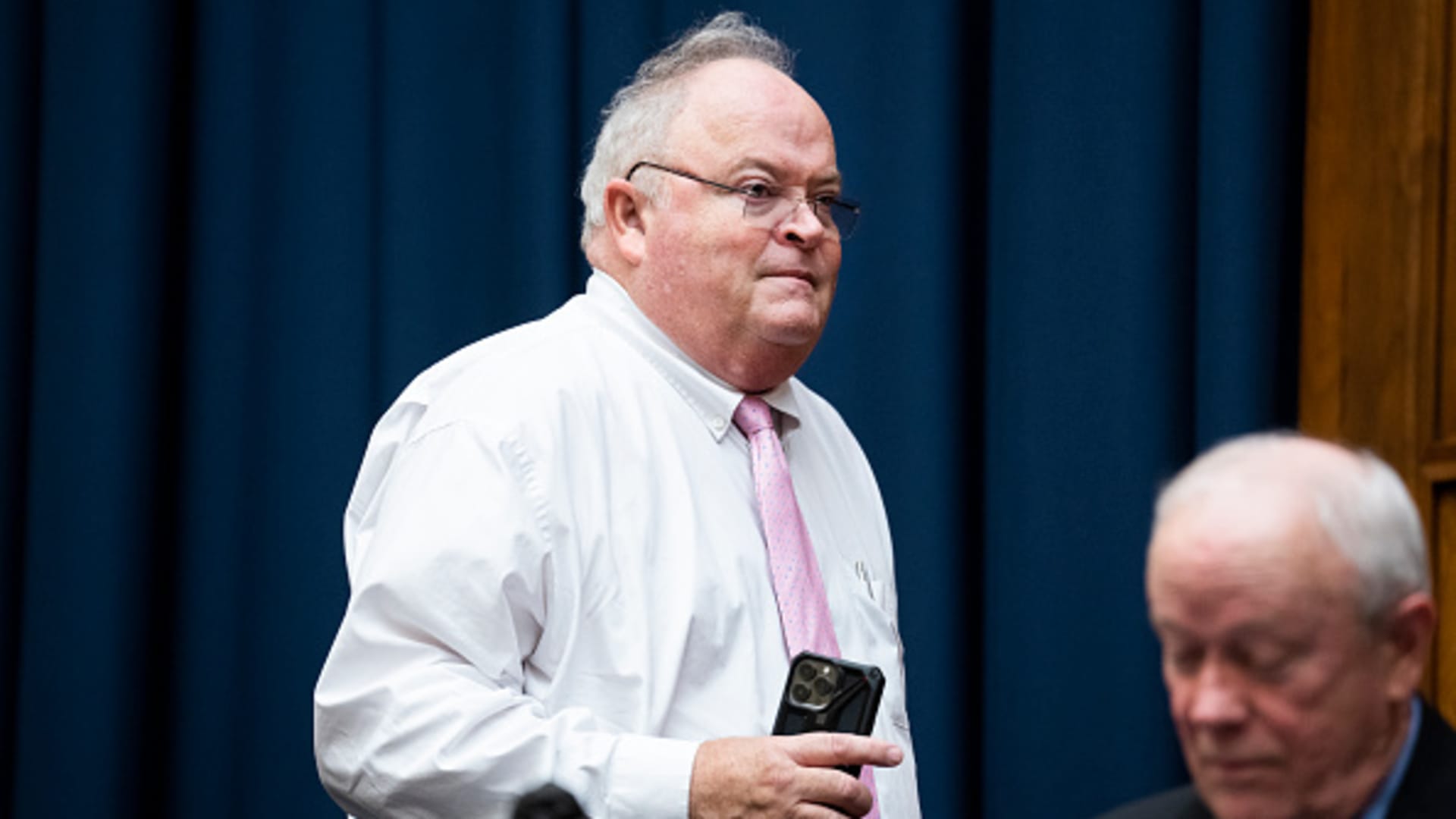Hispanolistic | E+ | Getty Images
Many young adults have financial stress, and experts say there’s a simple safety net that could help.
About 61% of surveyed Americans of ages 18 to 35 are financially stressed, according to a new Intuit survey. About 21% of respondents say their stress has gotten worse over the past year.
Some of the biggest stressors included high cost of living, job instability and growing housing costs. Of those who identified as financially stressed, 32% said handling unexpected emergencies like medical bills, car repairs and home maintenance trigger their anxiety with cash, the report found.
The site polled 2,000 adults of ages 18 to 35 in December.
Some of the stress can come from not having a plan — about 32% of all survey respondents admit they lack a clear strategy for managing money setbacks, Intuit found.
Almost half, or 45%, of the group say handling unexpected expenses was a challenge, and 29% have difficulty saving money.
A new report by Bankrate reflects a similar picture. The report found that older generations are more likely to say they could pay for an unexpected $1,000 emergency expense from their savings.
More from Personal Finance:
Whatever happens with TikTok, ‘finfluencers’ are here to stay
This $106 million settlement offers a key tax lesson
Now is an ‘ideal time’ to reassess your retirement savings
About 59% of baby boomers, or those of ages 61 to 79, can pay for a $1,000 surprise expense from savings. The cohort is followed by 42% of Gen Xers, or of ages 45 to 60.
Yet, only 32% of millennials — ages 29 to 44 — and 28% of Gen Z adults — ages 18 to 28 — have the cash readily available, according to the survey, which polled 1,039 respondents ages 18 and older in early December.
“The youngest generations are those who are earliest in their financial journey,” said Mark Hamrick, a senior economic analyst at Bankrate.
Financial emergencies can catch us by surprise, from needing a locksmith because you lost your keys to unexpectedly losing your job. The best thing you can do to prepare is have savings set aside and carefully using lines of credit, experts say.
“For emergencies, it’s really having that cash reserve in place. That is the financial plan,” said certified financial planner Clifford Cornell, an associate financial advisor at Bone Fide Wealth in New York City.
Having an emergency savings fund is like having a bulletproof vest, Hamrick explained.
“They won’t save you in all outcomes, but it’s a good start,” he said.
Many Gen Zers need to gear up. About 80% of the cohort are more likely than other generations to worry about not having enough money to cover living expenses if they lost their primary job, per Bankrate data.
That’s compared to 72% of millennials, 72% of Gen Xers and 58% of baby boomers.
“We’re really setting ourselves up for failure if we don’t have sufficient emergency savings,” Hamrick said.
Whether you can put away $10, $50 or $150 a month, the important part is to start building the habit of saving as soon as you can, Cornell said.
If you’re in the position where you haven’t put any thought to saving for unexpected costs, here’s where to start, according to experts:
1. Open a high-yield savings account
You want your emergency savings to sit in a highly-liquid account, or somewhere you can withdraw savings quickly and without penalties, experts say. To give your funds an extra boost, experts recommend a high-yield savings account.
While interest rates have come down from peak highs, the best high-yield savings accounts offer on average 4.31% annual percentage yields, or APYs, per Bankrate data.
To compare, traditional savings accounts offer a 0.51% APY on average nationwide, per DepositAccounts.
We’re really setting ourselves up for failure if we don’t have sufficient emergency savings.
Mark Hamrick
senior economic analyst at Bankrate
For every $1,000 you add into a HYSA, you can earn about $40 a year in interest at those rates. While $40 doesn’t sound like a lot at first blush, it’s significantly higher than what you’d earn in a traditional savings account, Cornell said.
There are many HYSAs available. As you consider your options, you want to double-check the one you pick is FDIC-insured, which protects your deposits at insured banks and savings associations if the company fails.
2. Calculate how much you can save every month
Figuring out how much cash you can save will depend on how much money you earn versus spend in a given month, Cornell said.
Some rules of thumb can be good starting points. For instance, the 50-30-20 rule is a budget framework that allocates 50% of your income toward essentials like housing, food and utilities, 30% toward “wants” or discretionary spending and the remaining 20% to savings and investments.
Yet, it’s not easy to follow, especially for a young person starting out their career — saving 20% of their income can be a tall order, Cornell said.
It’s fine to start off with less, and look for opportunities in your budget to save more. For example, saving part of an annual raise or tax refund.
3. Set a goal
First aim for three months’ worth of expenses as a goal, Cornell said. Once you meet that goal, consider the next: advisors often recommend you ultimately have three to six months, but some people may benefit from even more. In some cases, it’s a year or more.
Imagine having enough cash that can sustain you during a long stretch of unemployment: “It’s kind of like a pillow or a safety blanket,” he said.
The more variable your income — say, if you depend on commissions or bonuses, or your income fluctuates every month — the more savings you’ll need to hold you over in case something comes up, Cornell said.
Keep in mind that coming up with enough savings to tide you over for three months can take a long time. While saving so much can be daunting, experts say even having a small buffer of a few hundred dollars can help.
For instance, the Federal Reserve measures how many adults are able to cover a $400 emergency cost, a much lower benchmark.
Even a small level of savings may be enough to cover minor emergencies, or help offset how much you need to borrow.


 Economics1 week ago
Economics1 week ago
 Economics1 week ago
Economics1 week ago
 Personal Finance6 days ago
Personal Finance6 days ago
 Economics5 days ago
Economics5 days ago
 Economics1 week ago
Economics1 week ago
 Personal Finance1 week ago
Personal Finance1 week ago
 Personal Finance1 week ago
Personal Finance1 week ago
 Economics4 days ago
Economics4 days ago










